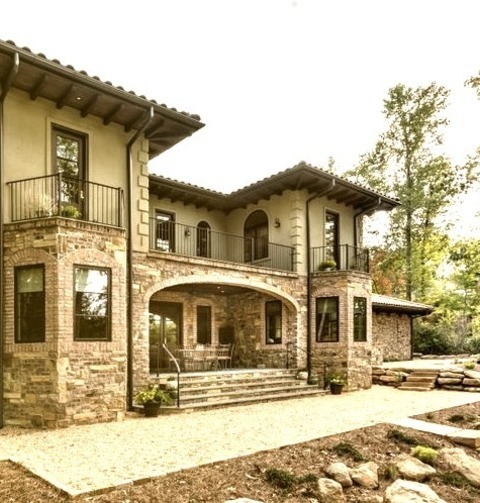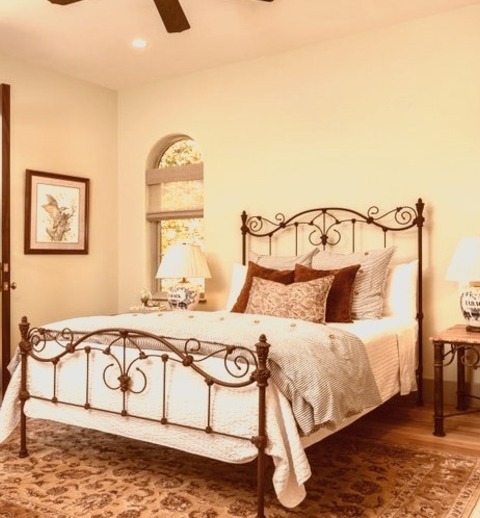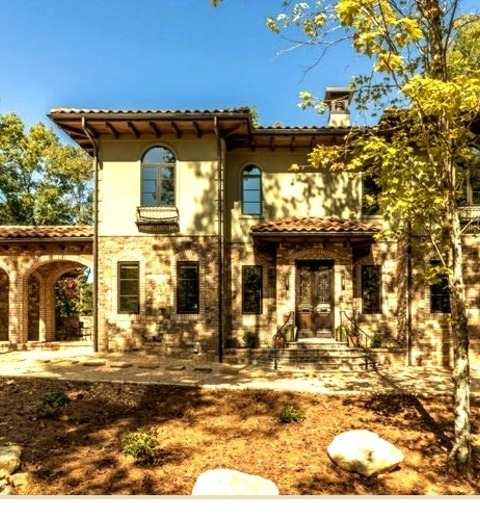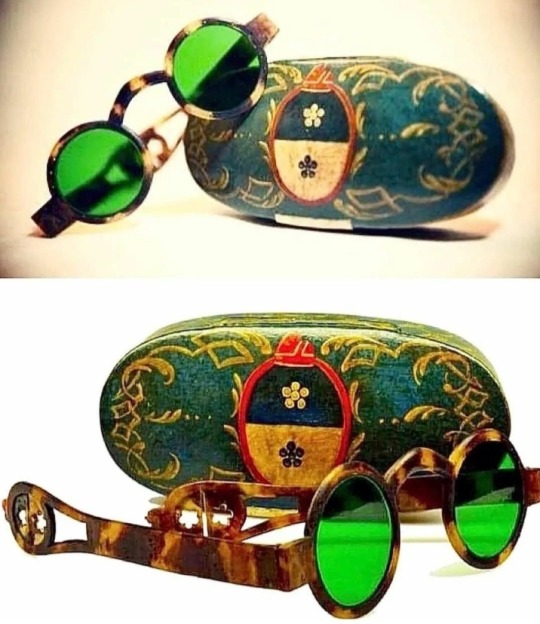#murano glass venetian
Explore tagged Tumblr posts
Photo

Mediterranean Exterior - Exterior An illustration of a sizable, two-story, mixed-siding house with a hip roof and a tile roof.
2 notes
·
View notes
Photo

Bedroom (Chicago)
#Ideas for remodeling a medium-sized transitional master bedroom with gray walls and a medium-toned wood floor white shag rug#glam#hollywood regency#chandlier#silver tray#storage next to bed#murano glass venetian
2 notes
·
View notes
Photo

Mediterranean Bedroom - Guest Large tuscan guest light wood floor and brown floor bedroom photo with green walls and no fireplace
0 notes
Photo

Dining Room Kitchen Dining Denver Huge tuscan travertine floor and beige floor kitchen/dining room combo photo with beige walls, a two-sided fireplace and a concrete fireplace
0 notes
Photo

Tile - Roofing Large tuscan brown two-story mixed siding house exterior photo with a hip roof and a tile roof
0 notes
Photo

Concrete Slab Patio in Denver Inspiration for a huge mediterranean backyard concrete patio kitchen remodel with a roof extension
0 notes
Text


17 notes
·
View notes
Text

Sunglasses made of Murano glass, 18th-century AD, Venice, Italy.
Goldoni-type sunglasses with Mocenigo Coat of Arms.
Vascellari Collection (Italy) on display at The Murano Glass Museum.
—
Long before the rest of the world would discover the danger of ultra-violet rays in 1870, Venetian opticians were 120 years ahead of the curve.
The green colour of the lenses, conjured by the island's glassmakers in the bright hues of grass green, sea green and emerald green, wasn't simply a fashion statement but had a key functional role.
It has been later discovered that this colour serves as a powerful filter for UV rays, which are damaging to eye and skin health.
Thanks to Murano Glass, it became a true innovative jewel.
These emerald-colored sunglasses protected the eyes of the nobility and Commanders da Mar (of the sea) from the harmful glare of reflected light as they navigated the waters that surrounded them.
These sunglasses soon became widespread among Venetian high society.
One was almost certainly owned and used by Doge Alvise IV Giovanni Mocenigo (19 May 1701 - 31 December 1778), who was the leader of Venice from 1763 AD until his death on New Year's Eve, 31 December 1778 AD.
No one knows for sure why they were called "Goldoni" glasses, but it is assumed this was due to Carlo Goldoni (25 February 1707 – 6 February 1793), the famous Venetian playwright and librettist from the Republic of Venice.
#sunglasses#Murano glass#Mocenigo Coat of Arms#Venice#Italy#1700s#18th century#Vascellari Collection#The Murano Glass Museum#ultra-violet rays#UV rays#Venetian high society#Doge Alvise IV Giovanni Mocenigo#Carlo Goldoni#Goldoni glasses
28 notes
·
View notes
Text

#Murano Glass Signed#Formia Vetri Di Glass#Venetian Art Glass#Chinese Couple Sculptures#Chinese Couple Figurines#Asian Home Decor#Oriental Home Decor
4 notes
·
View notes
Text

I truly am pedantic but at the same time there is no joy greater than spending six hours in a murano glass shop and learning all about this art you had never heard of before because one of your beloved teachers is a collector of the stuff
#I don’t spend this kind of money regularly#it’s a graduation gift#that is not the piece I bought for my beloved teacher#I wanted to but my mother was opposed to the nudity#this is my favorite one I saw though#venetian glass#murano glass
2 notes
·
View notes
Text

Venetian glass goblet
1 note
·
View note
Text









Venetian beads, no 1 - 1018
Tropenmuseum Amsterdam, Netherlands
#venetian#venetian beaads#bead#vintage beads#antique beads#old beads#murano#murano beads#glass beads#glass#hand made#tropenmuseum#Sick collection#lampwork#chevron#rosetti#wedding cake#millefiori#peacock eye#lava foil#sample cards
1 note
·
View note
Text

Vintage Murano Venetian Glass Fish, with gold flecks.
I think this piece can be used as a toothpick holder?
Length: approx. 16.5cm
1 note
·
View note
Text
1 note
·
View note
Text
#decor#home#interior-design#home design#home decor#murano#chandelier#murano glass#venetian#interior accessories#interior decor
0 notes
Text

1 note
·
View note